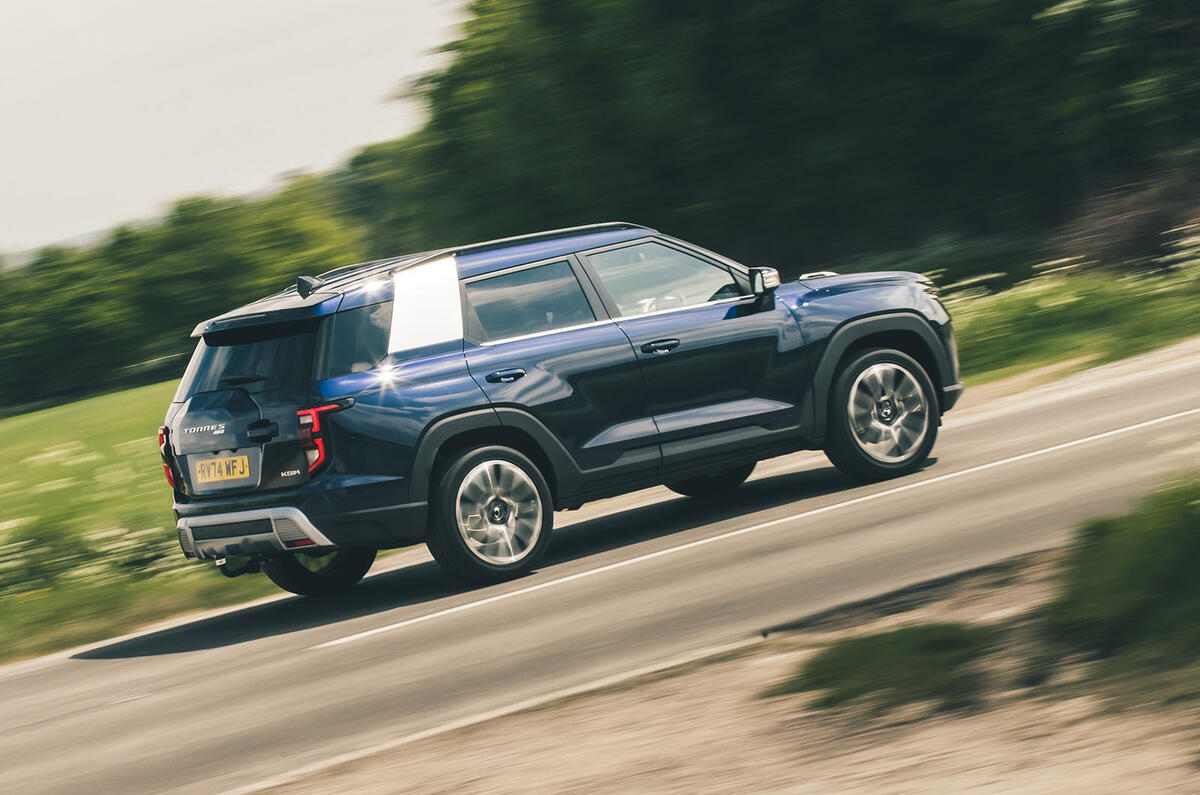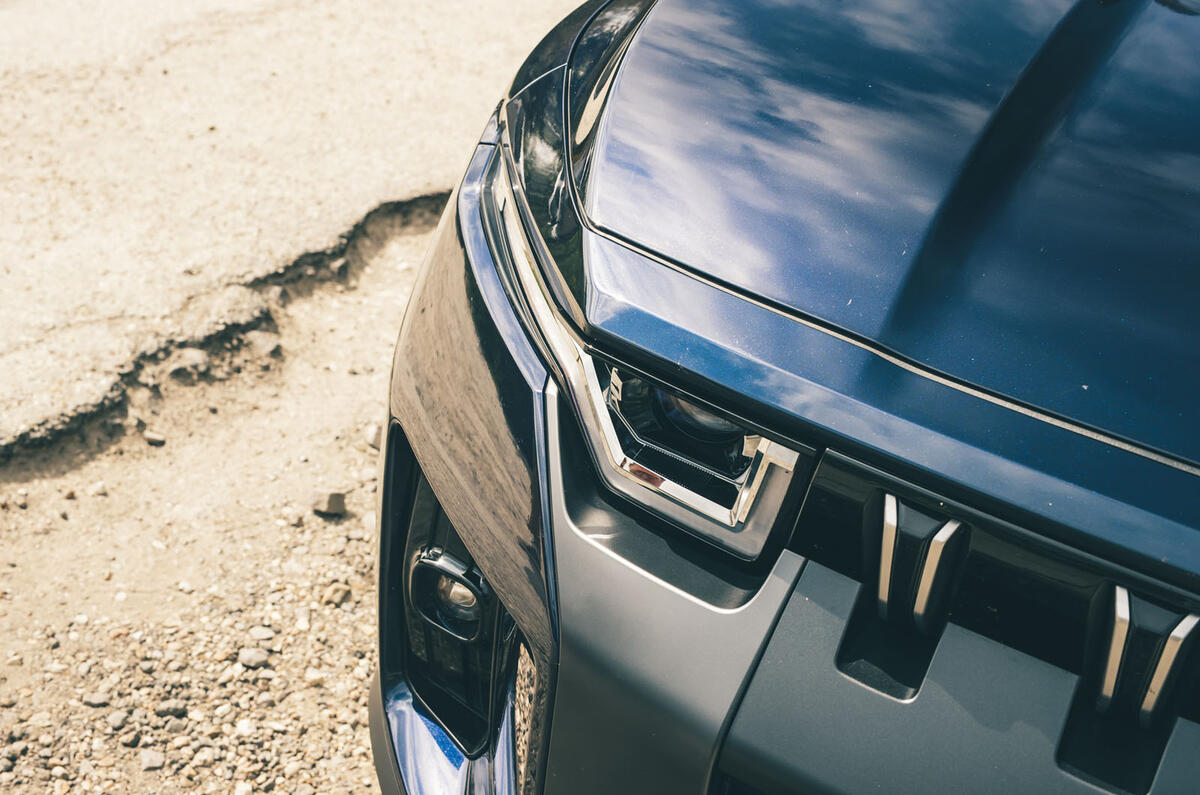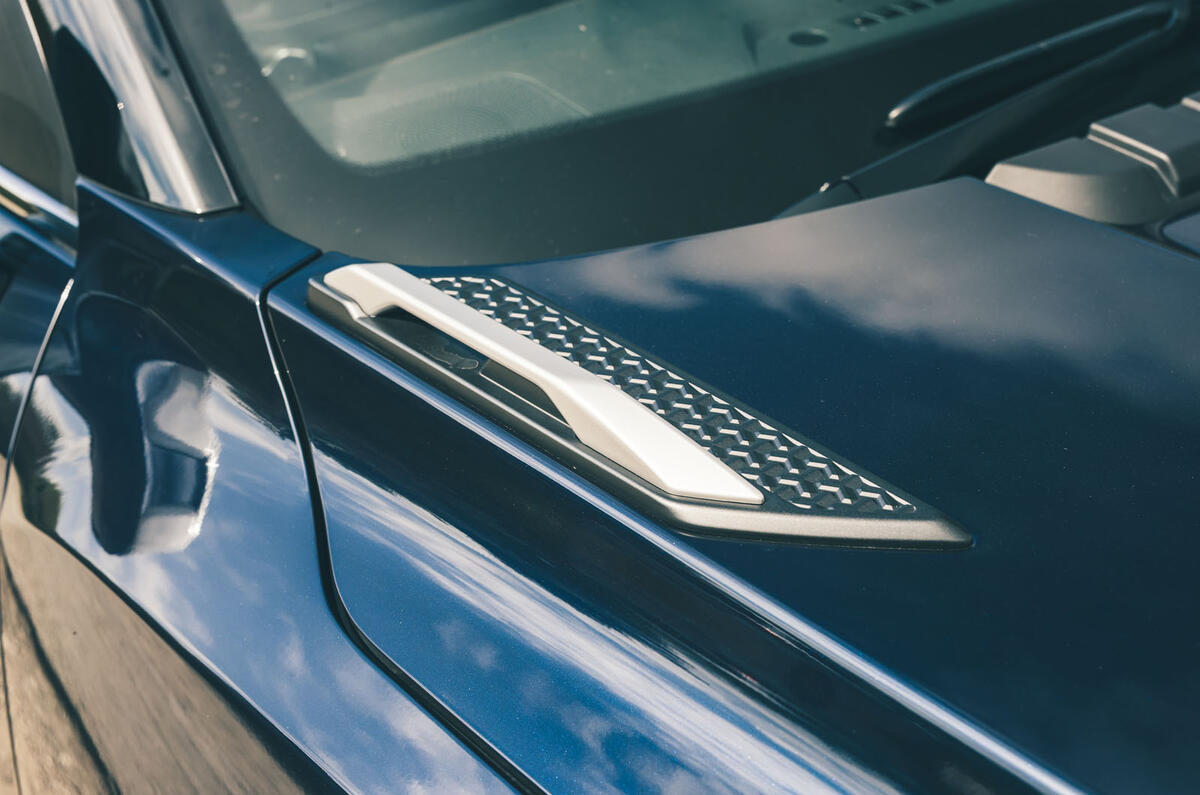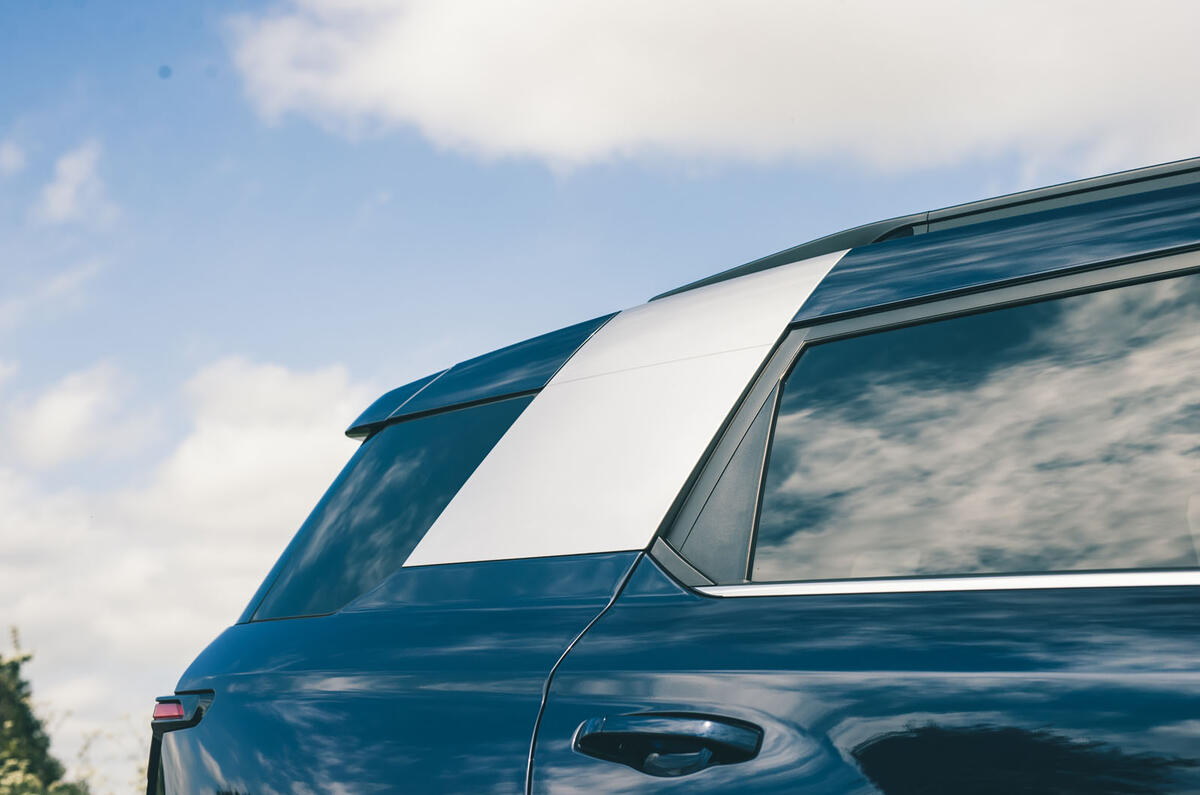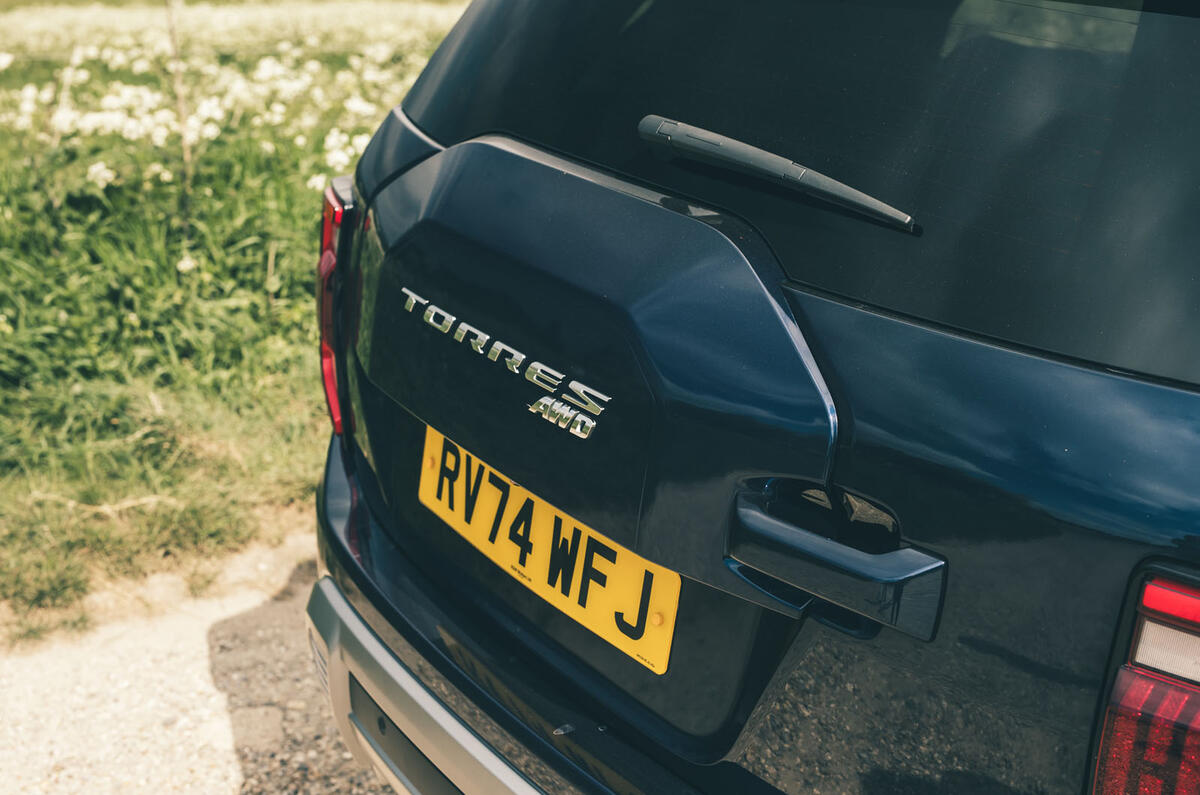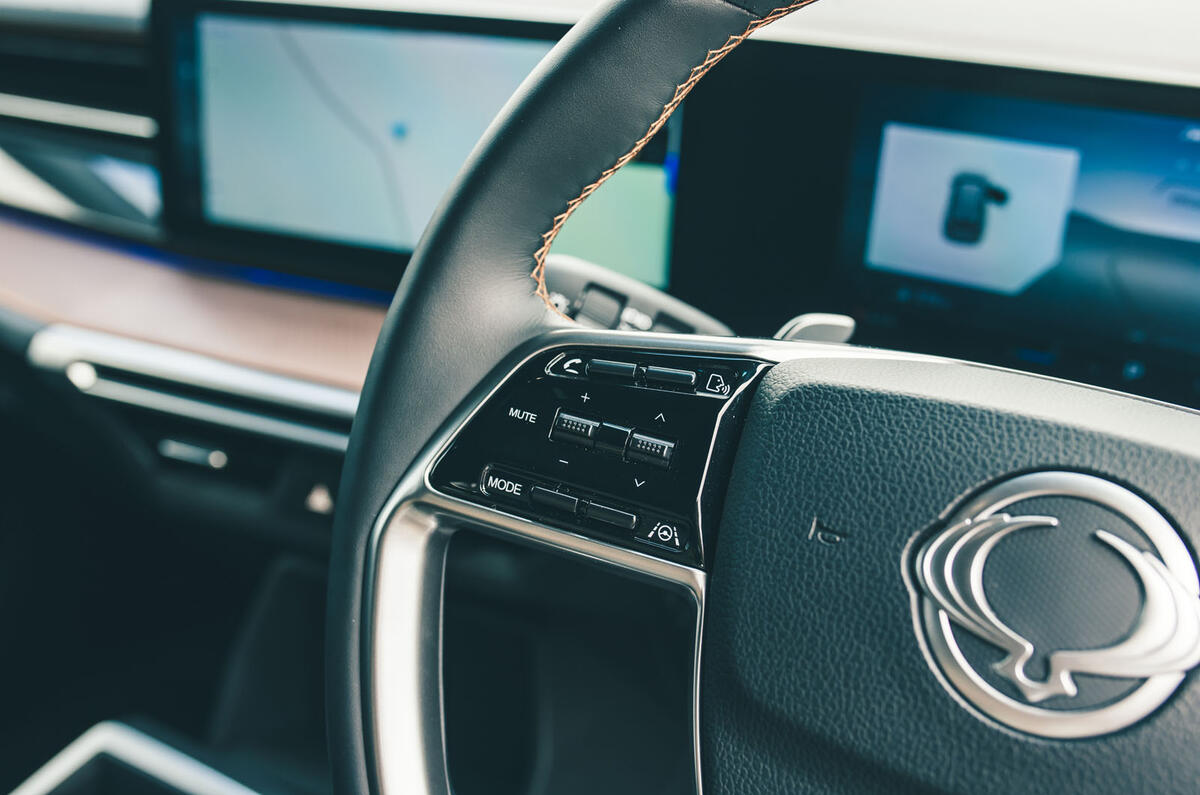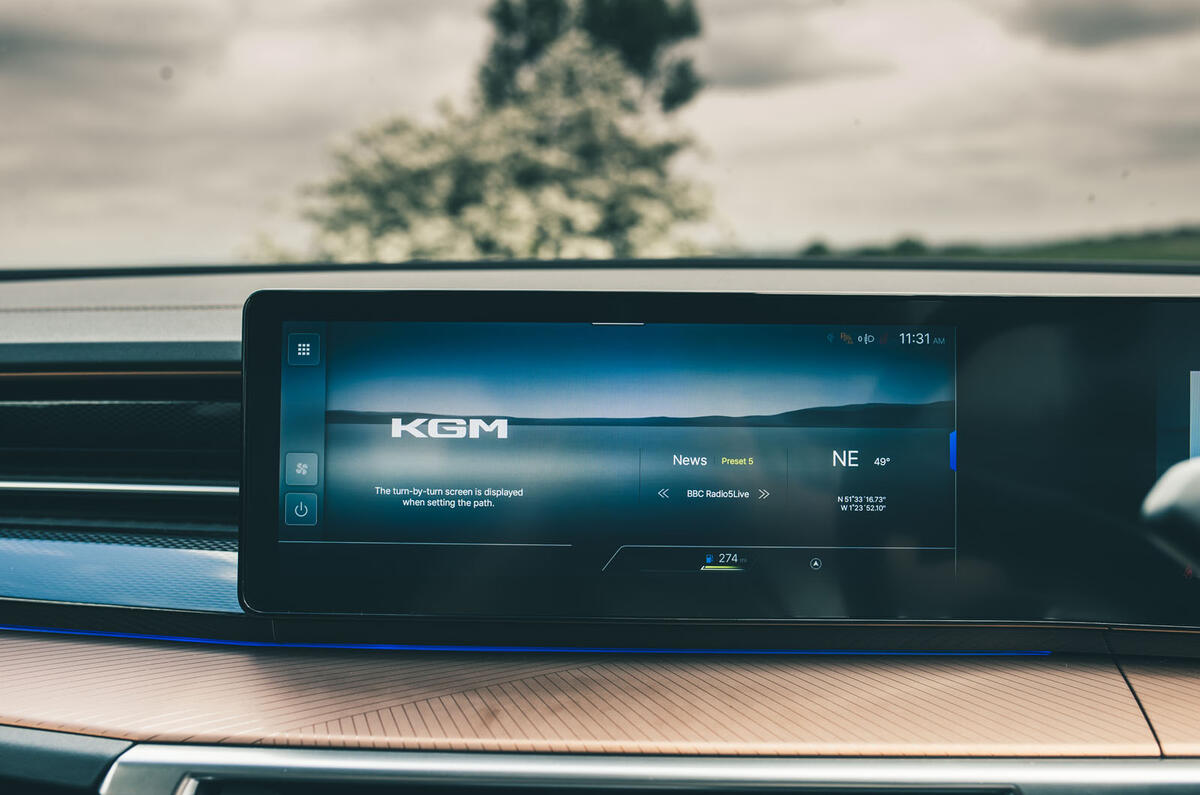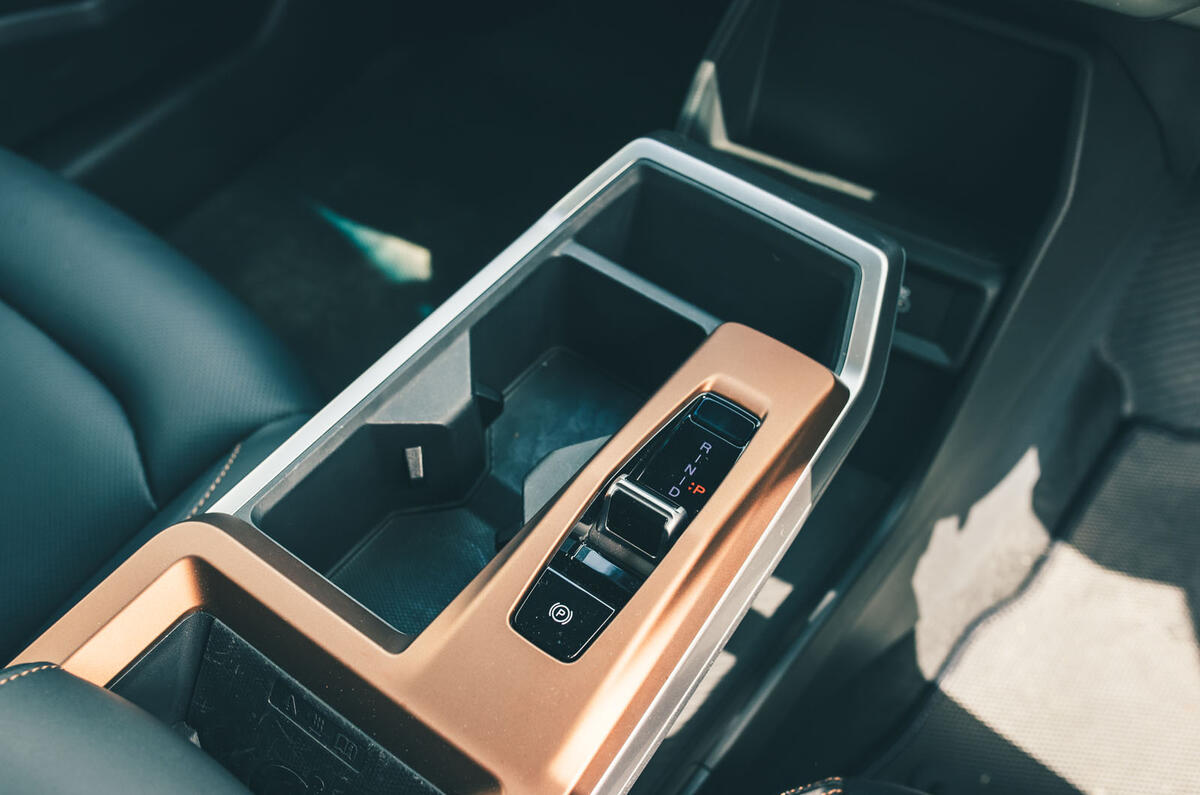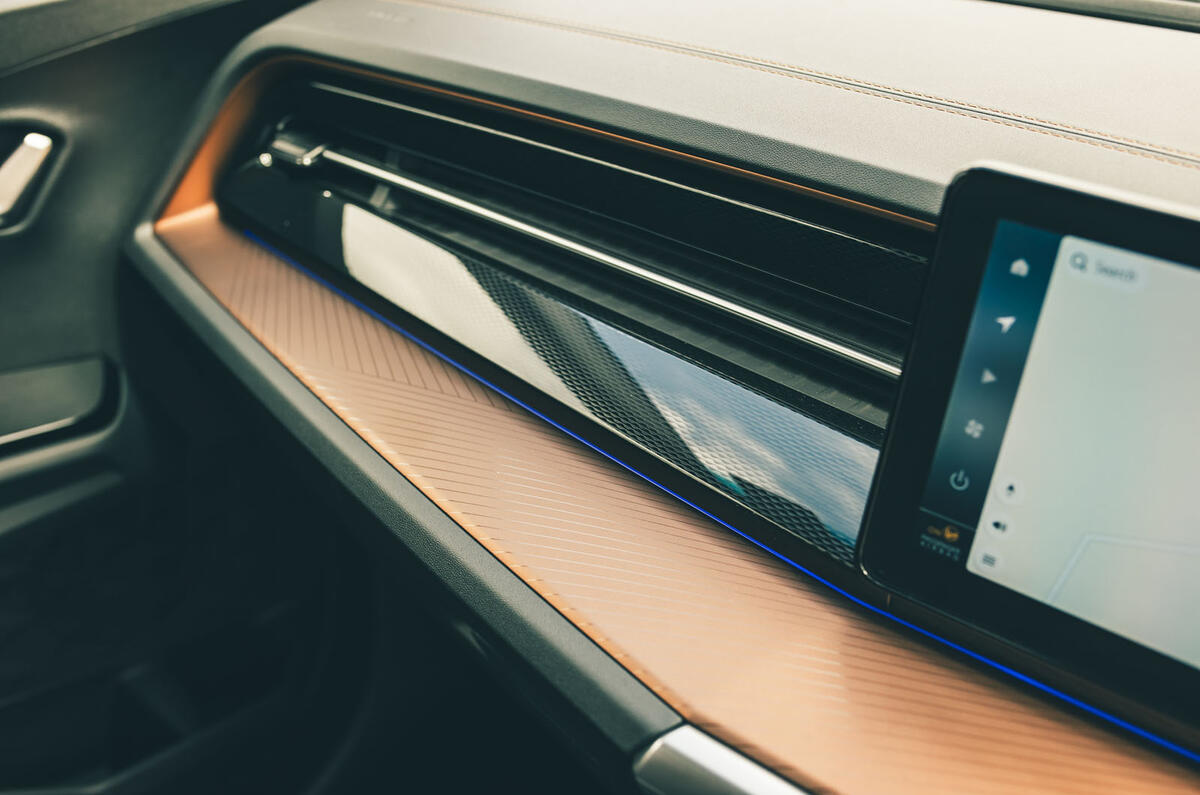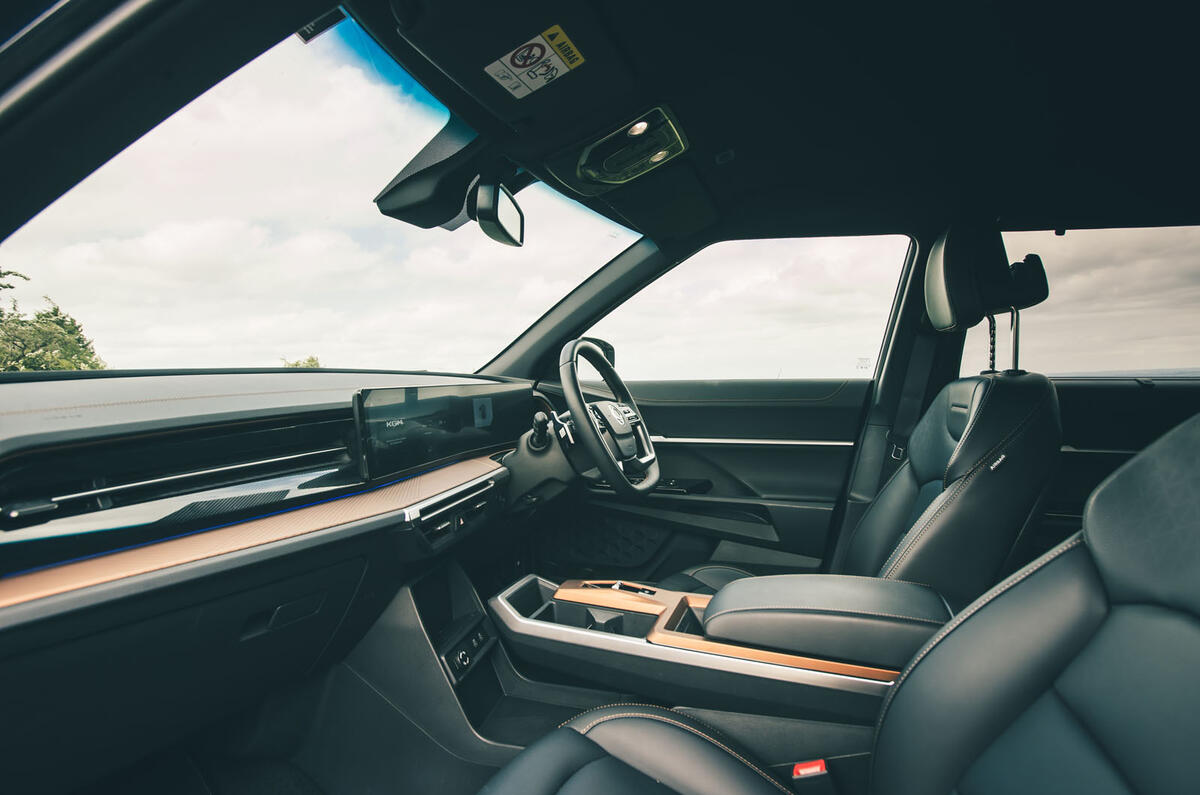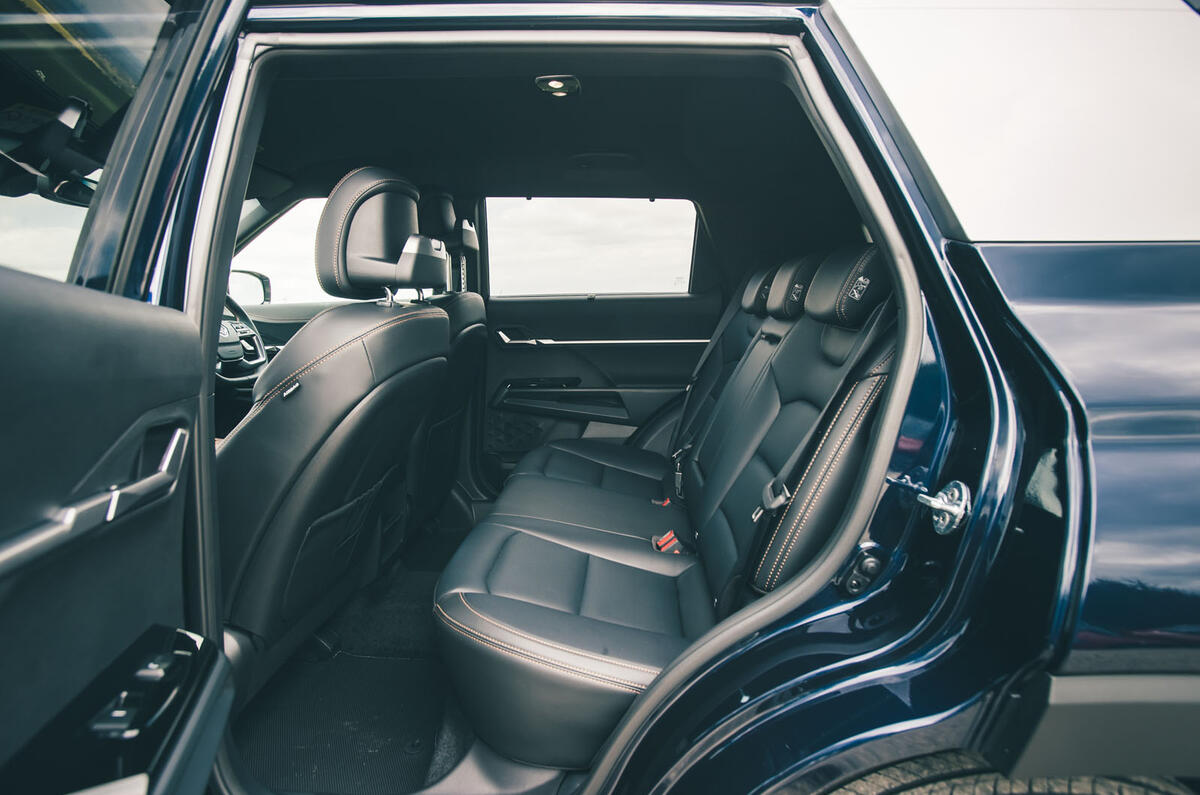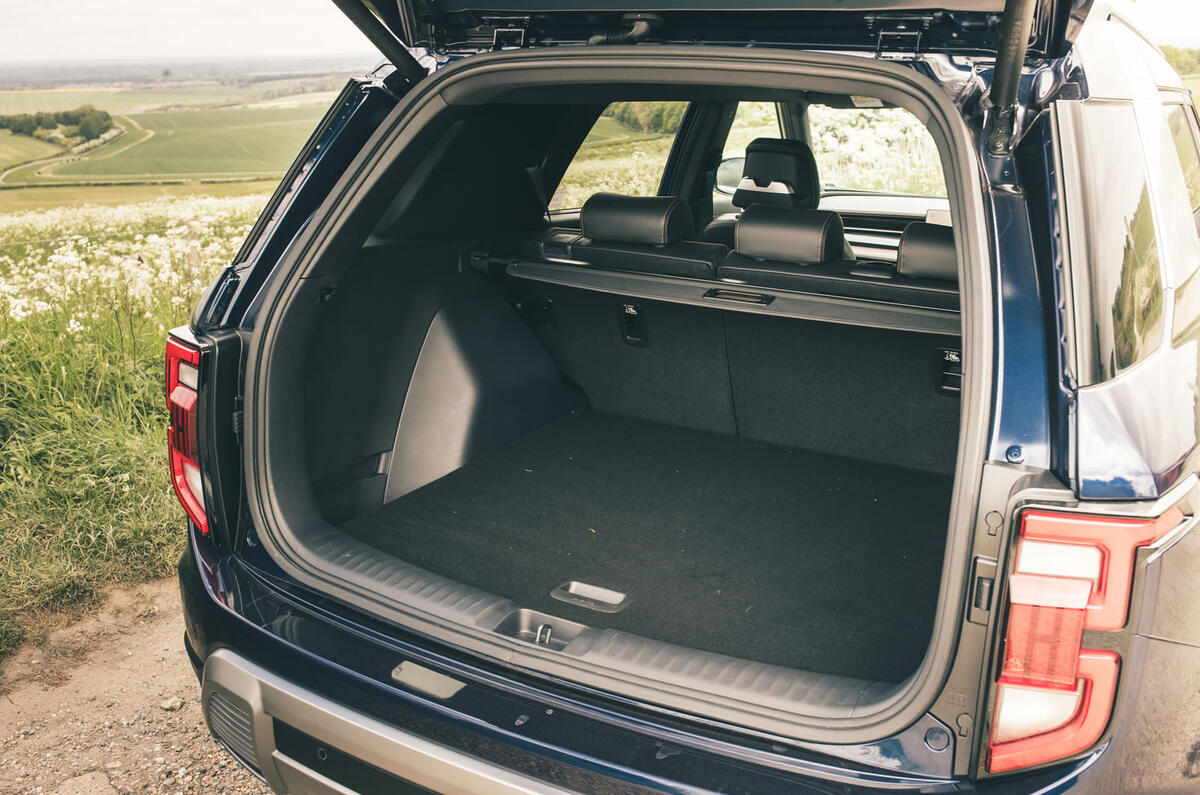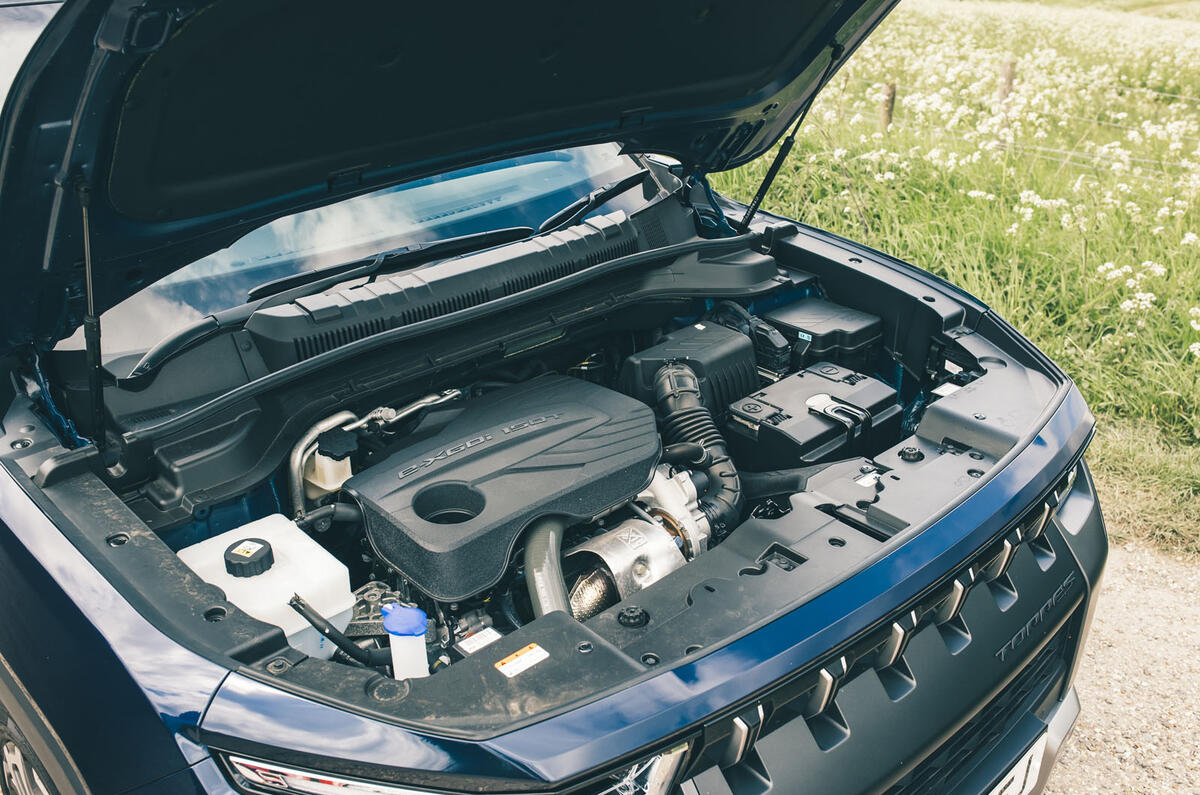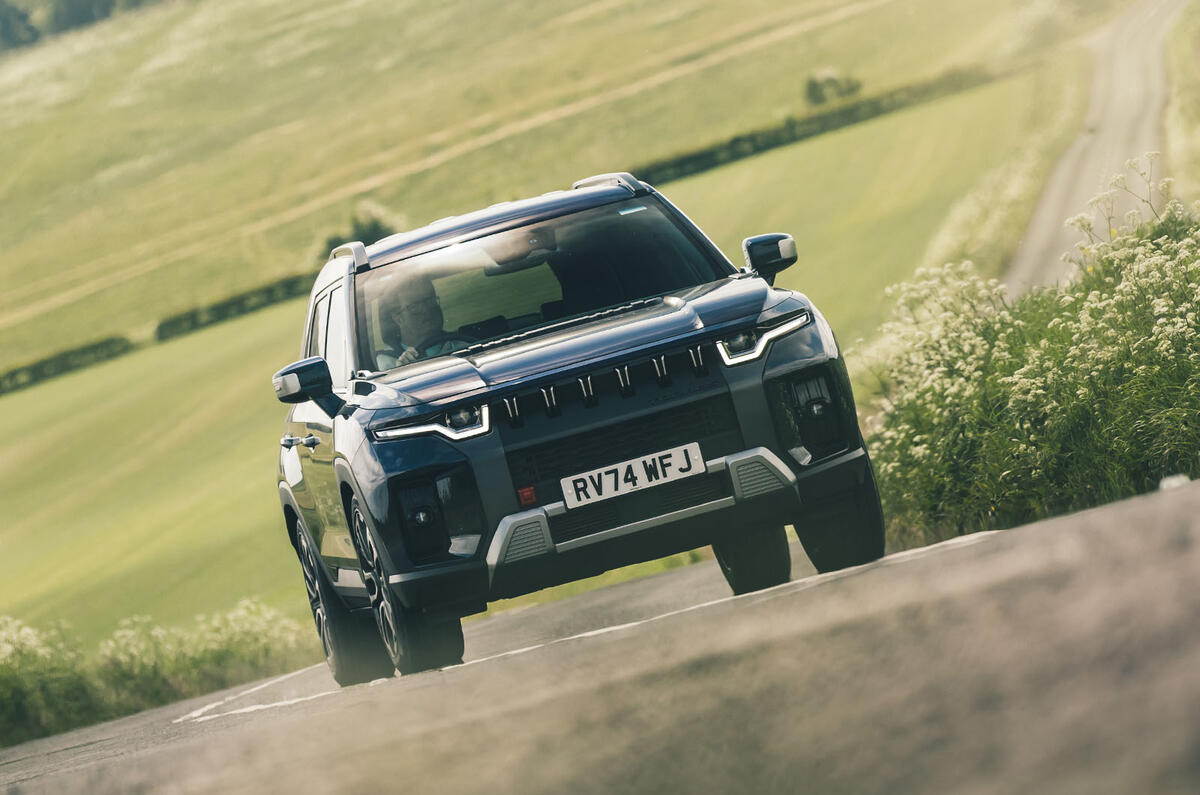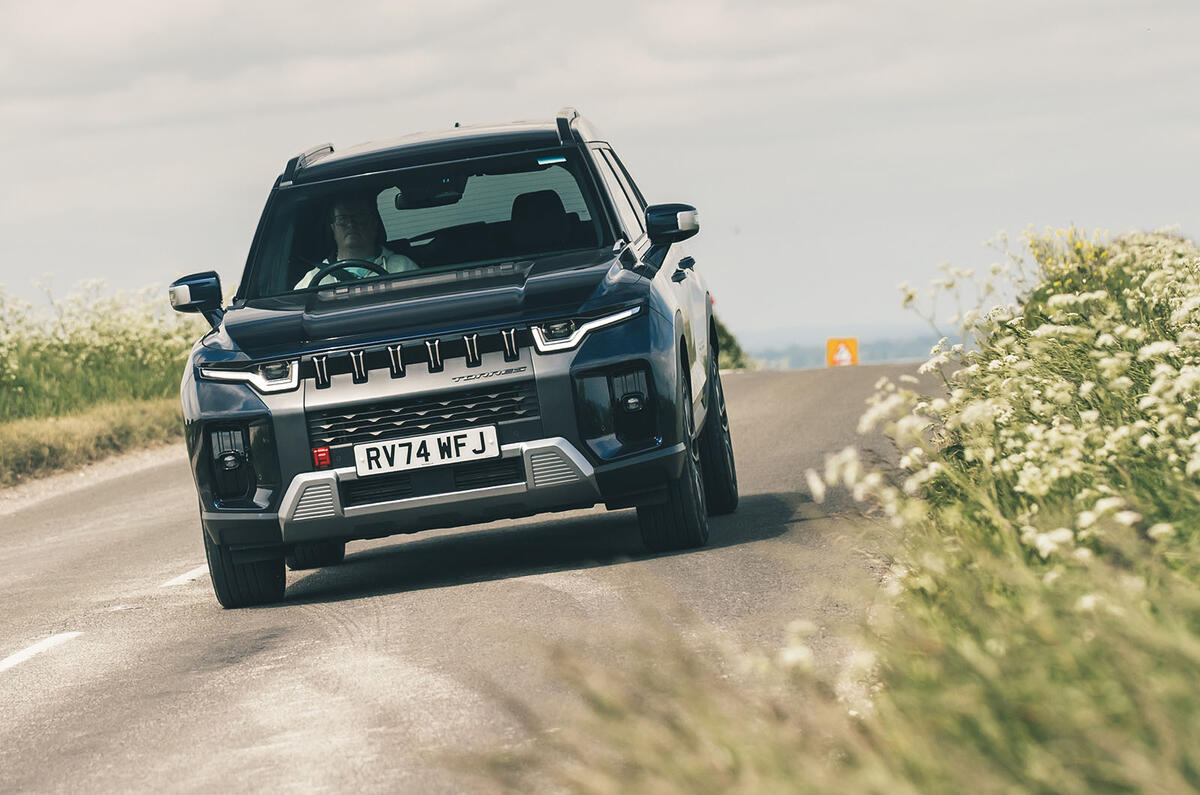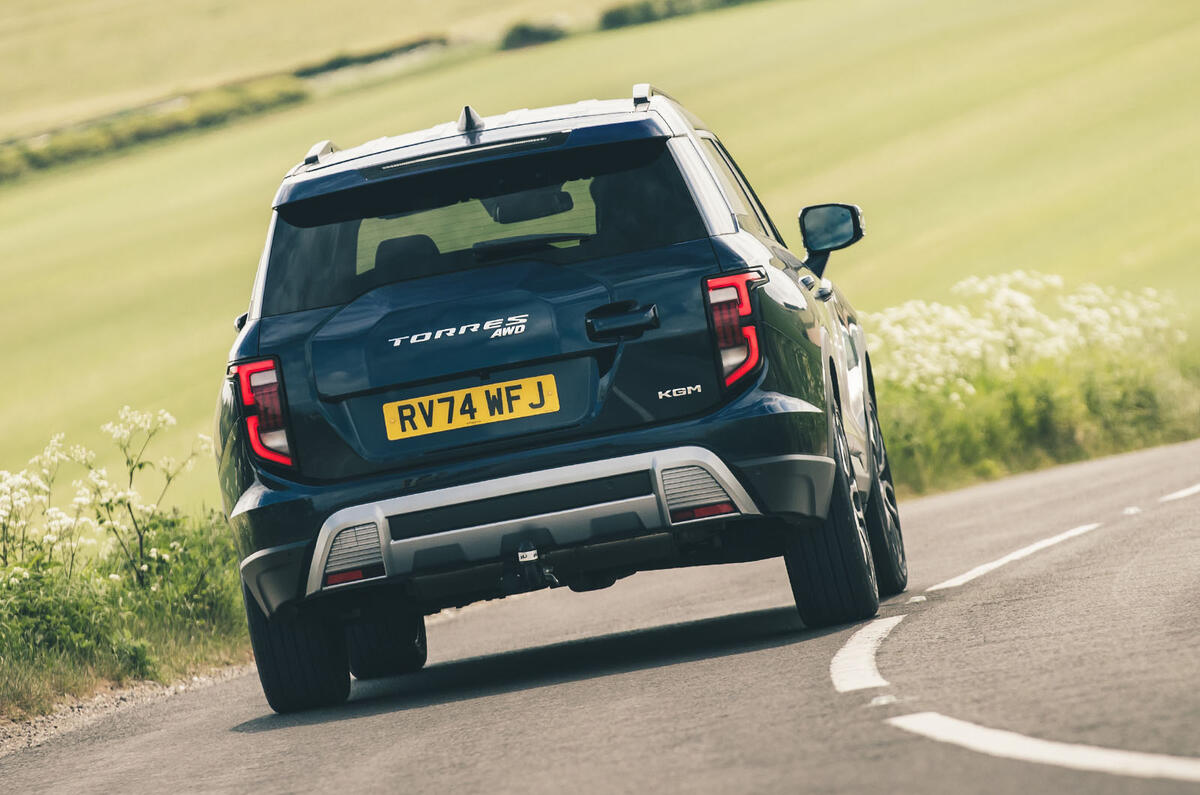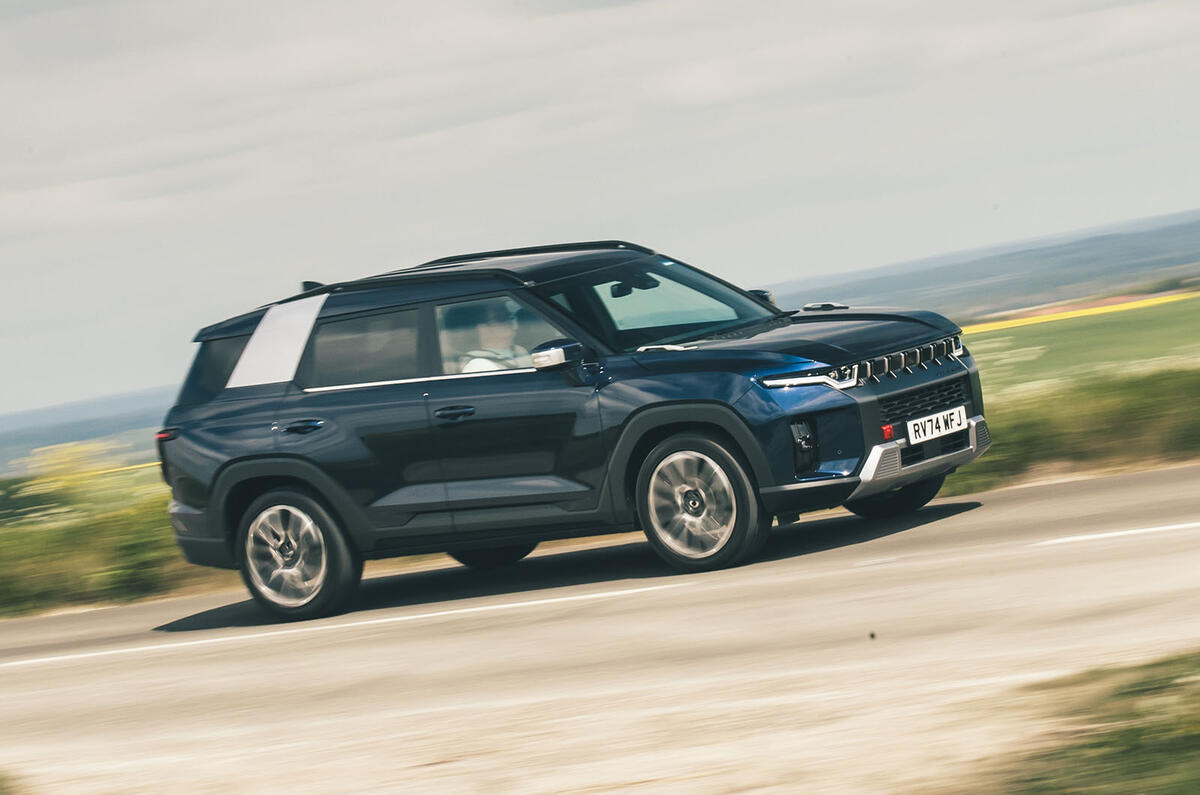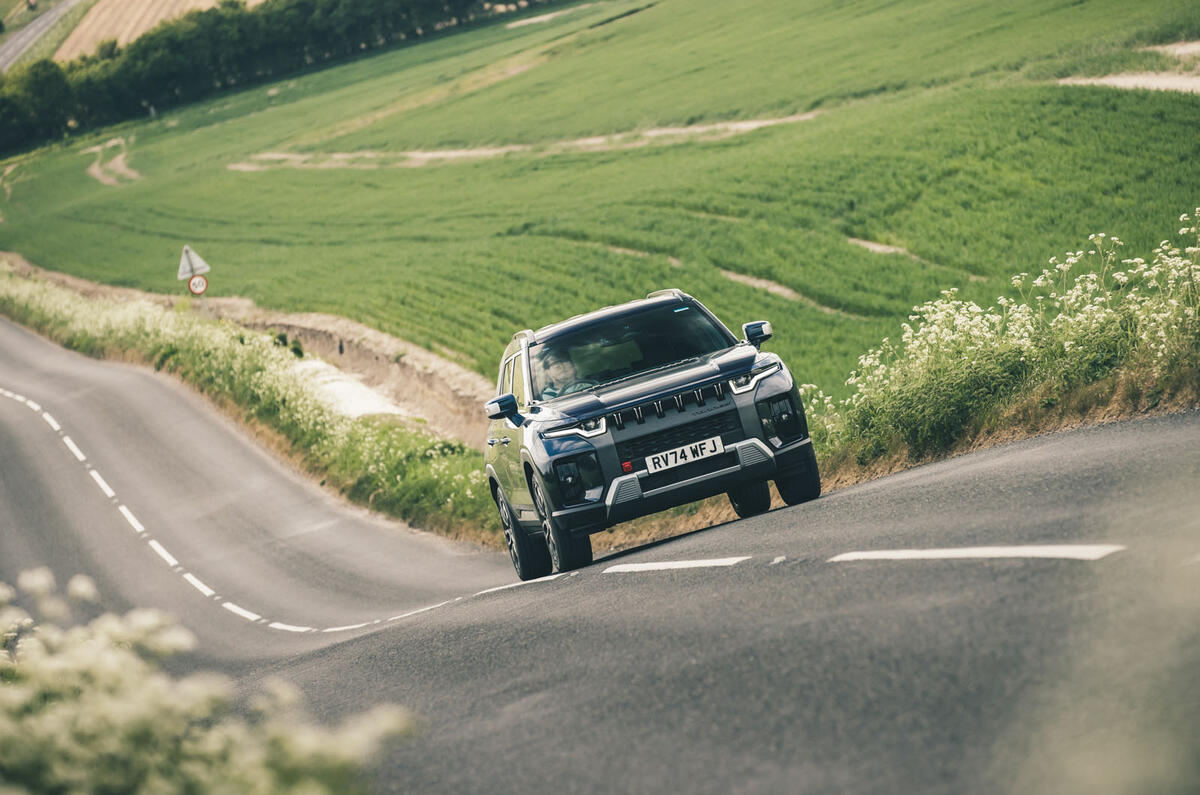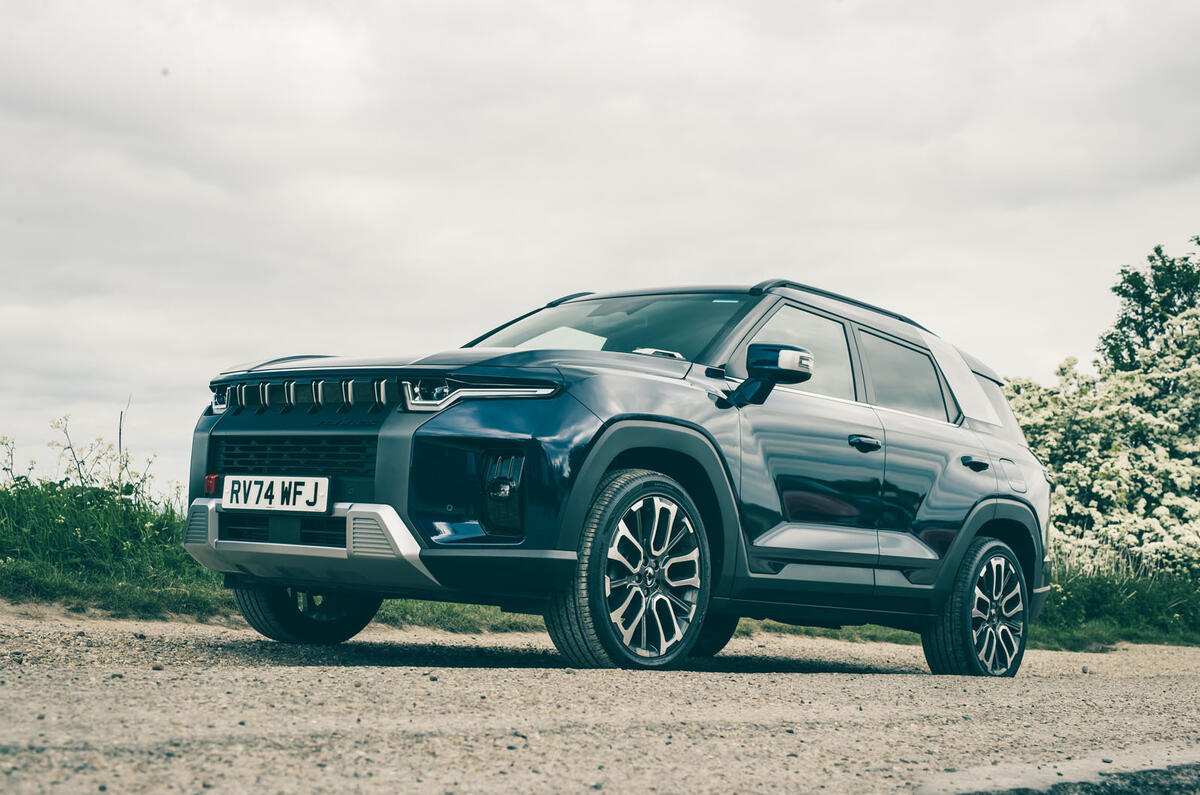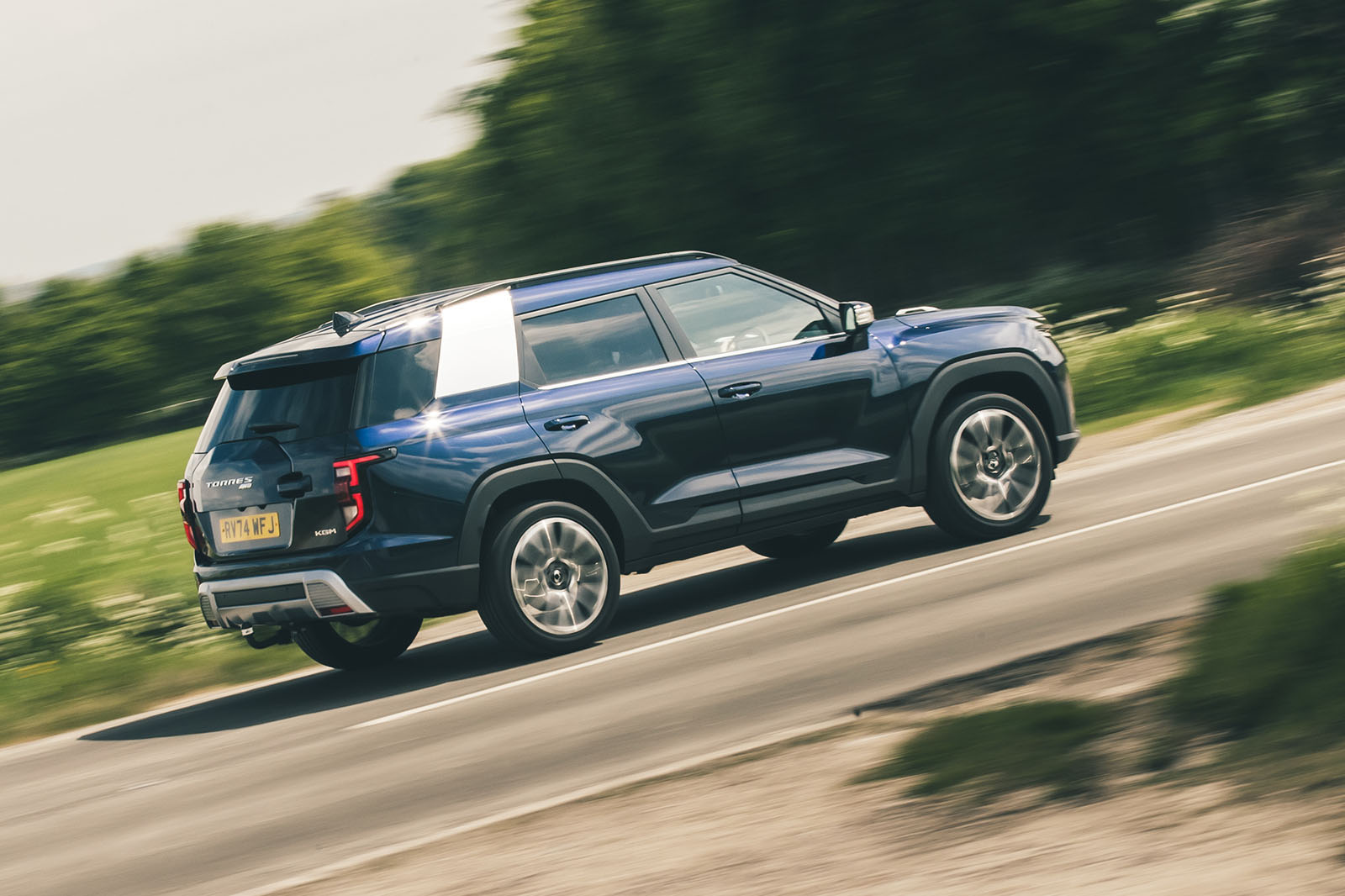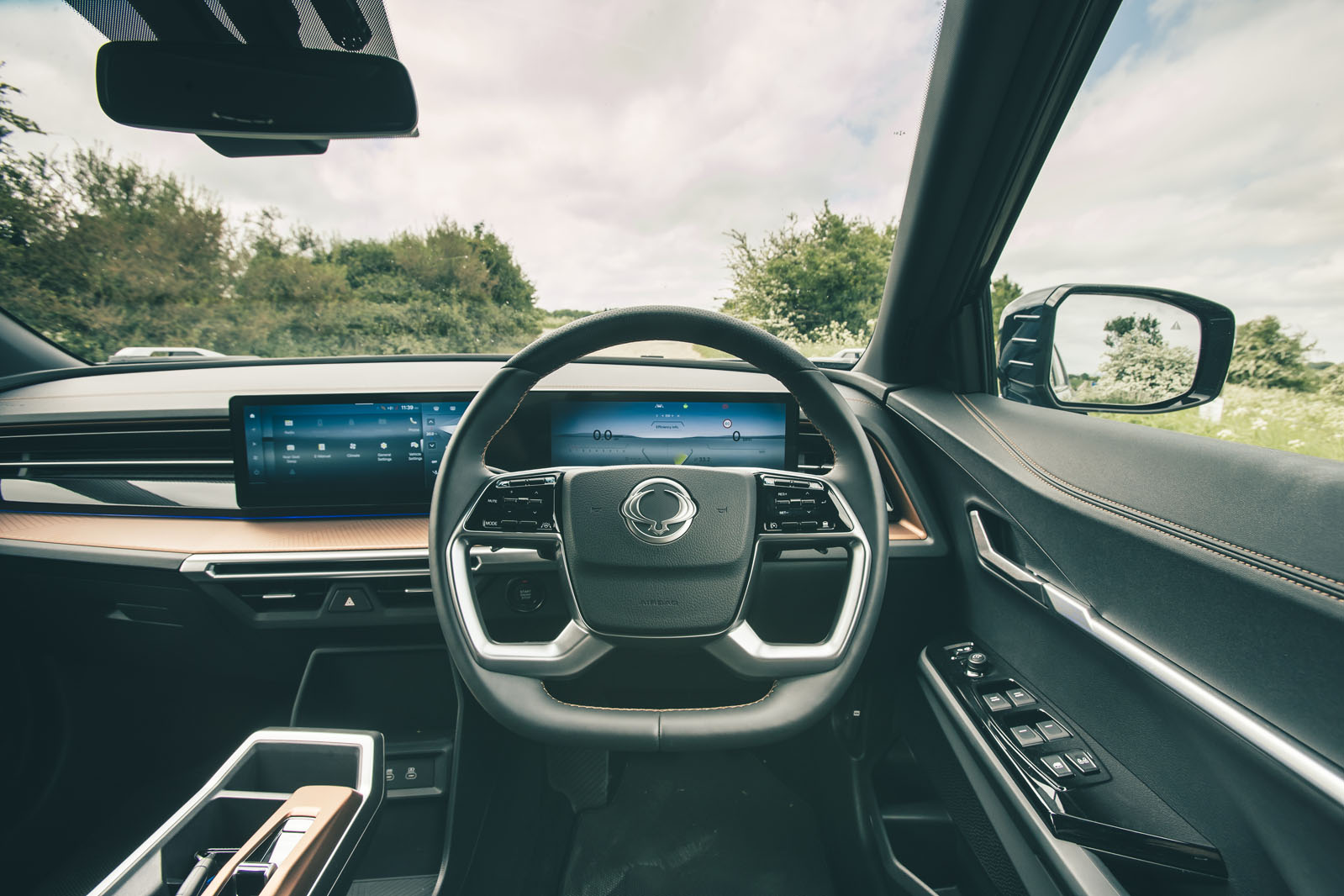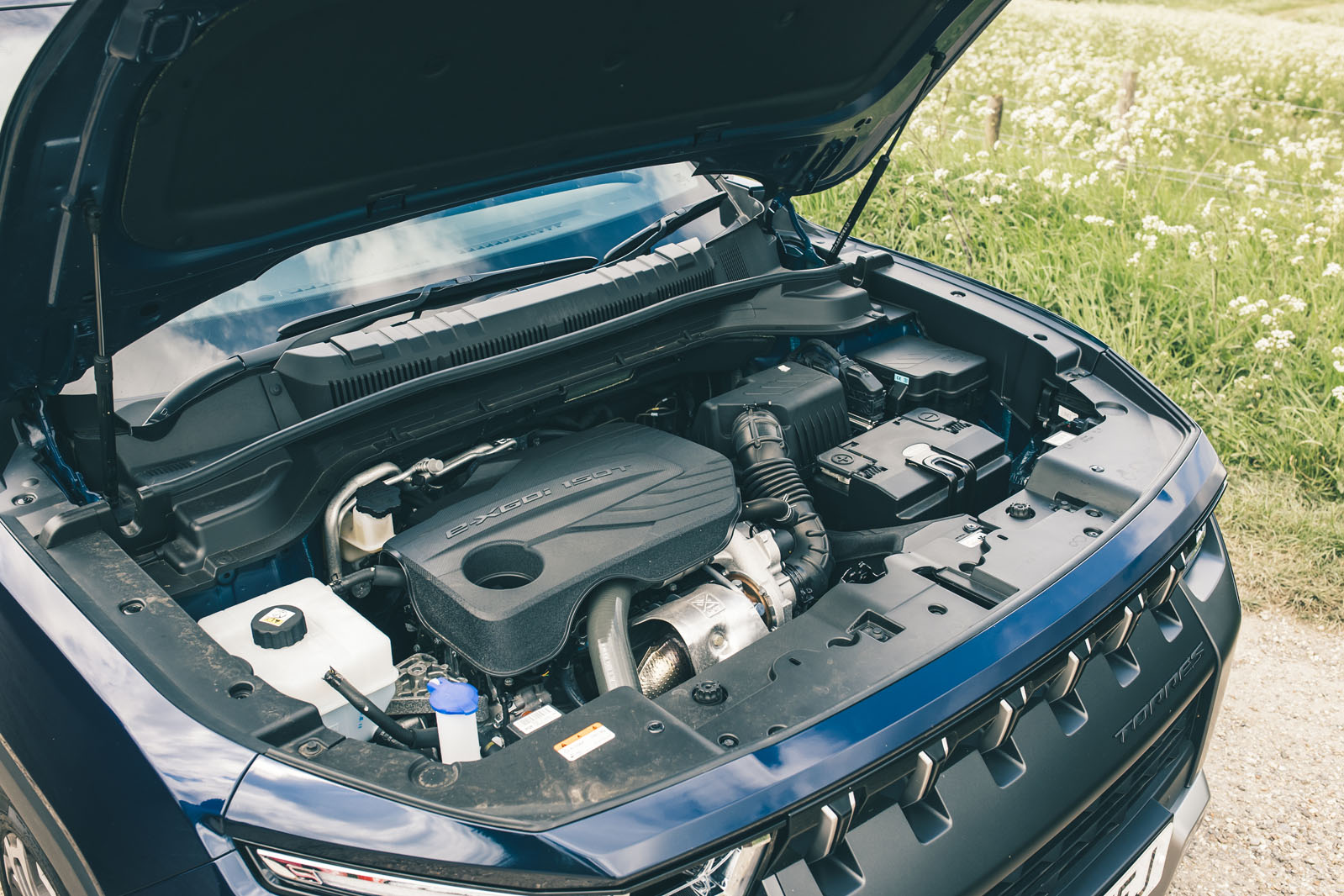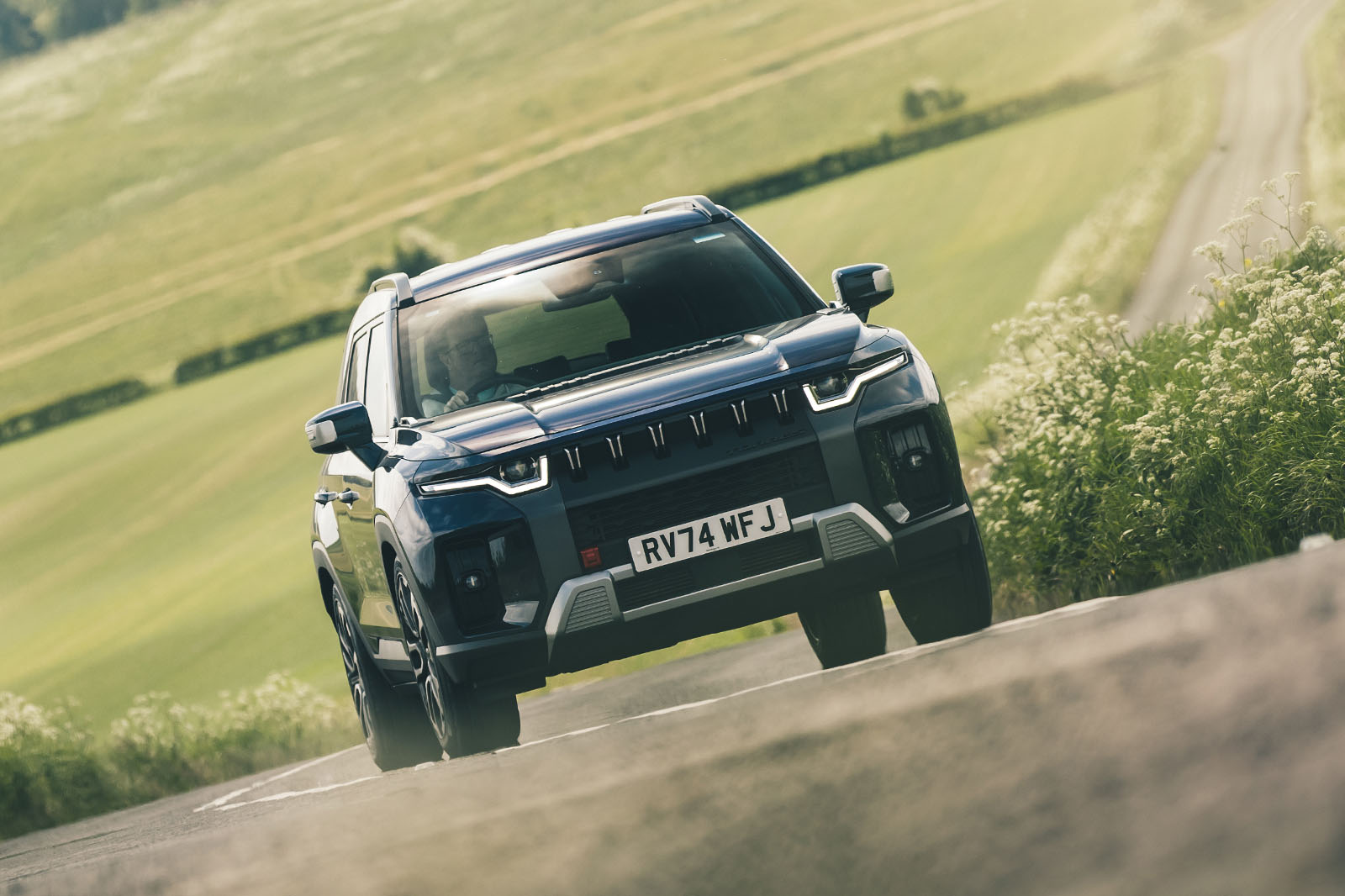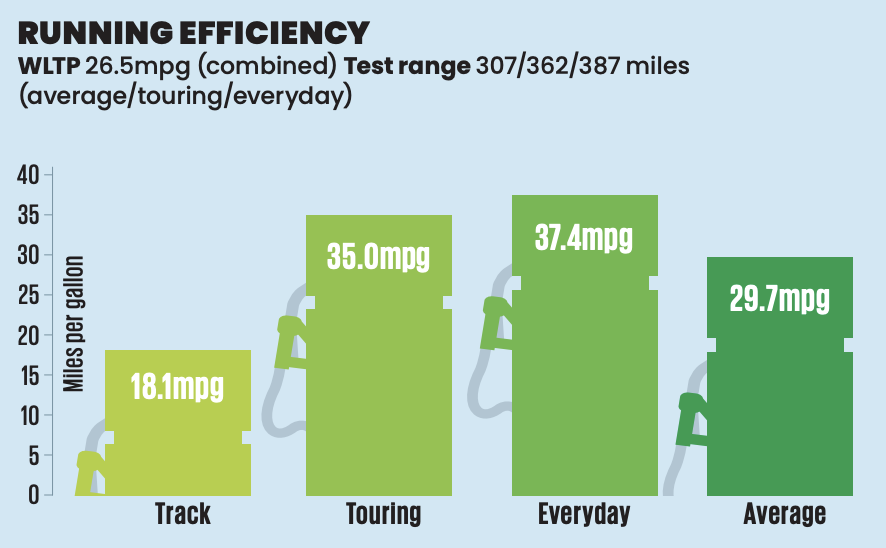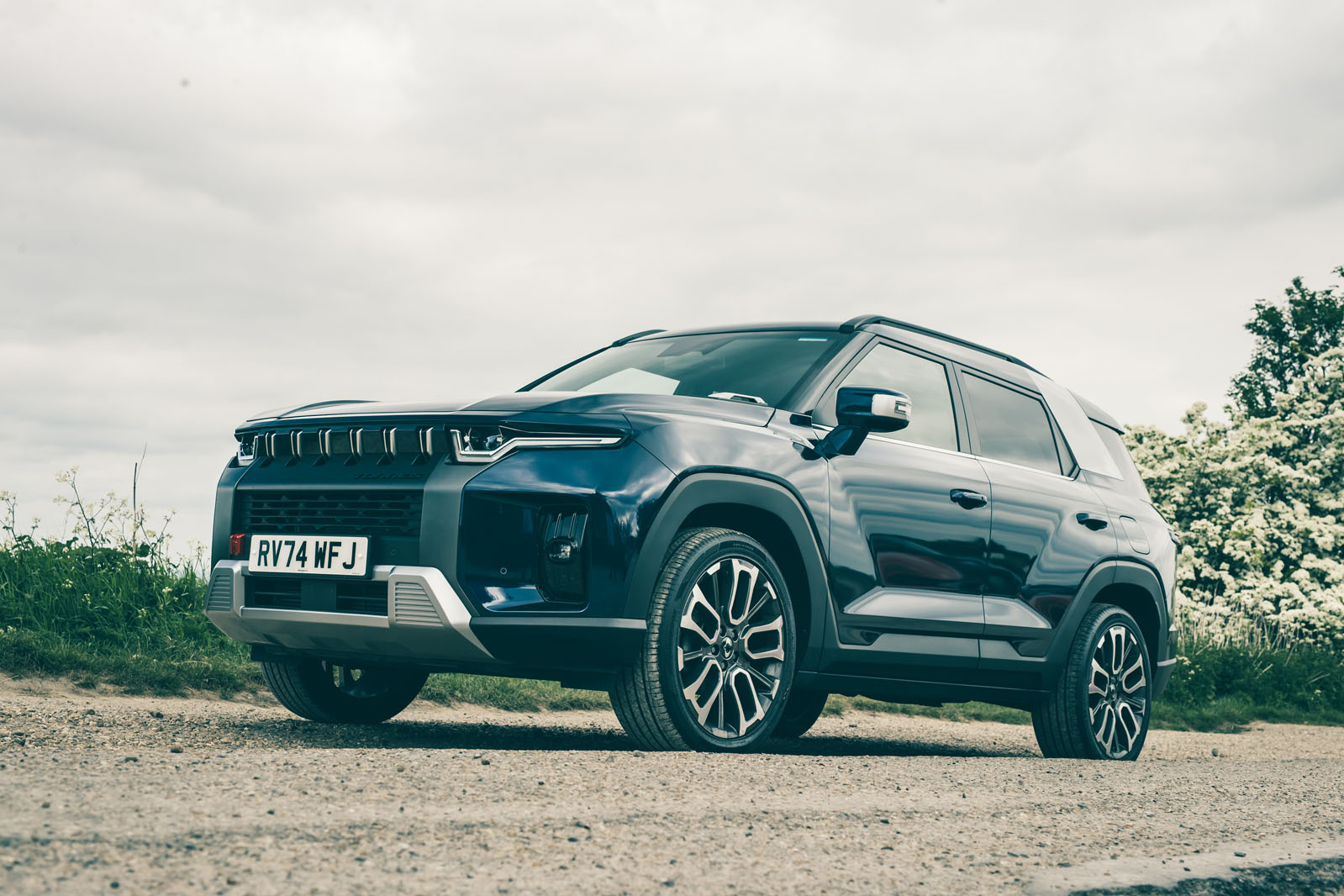The side-by-side arrangement of the flatscreen instrumentation and infotainment screens, and the selection of physical controls on the steering wheel spokes, give you a strong clue to the Torres’s country of origin. There’s certainly more than a passing similarity with Hyundai/Kia design philosophy here, if not the same tactile quality.
The driving position is of about typical height for a mid-sized SUV and there’s a two-tier centre console with plenty of storage space and a downsized drive selector rocker.
The steering wheel spokes give you some physical controls for key ADAS (adaptive cruise control, active lane keeping) and audio functions, but still not enough of the former in particular. To disable the speed limit reminder and driver monitoring buzzers, for example, it’s a several-tier dive into the touchscreen, which isn’t especially responsive or well laid out.
Rear space is fairly class typical: meaner than some for leg room but more generous for head room. Visibility from the driver’s seat is commendable, past fairly skinny A- and B-pillars and over straight-sided body proportions.
KGM advertises 703 litres of available boot space and our test car mostly backed that up, proving well able to swallow bulky loads. We measured seats-up loading length at 980mm and width at a minimum 1050mm between the rear wheel arches. Both figures beat a VW Tiguan by a significant distance.
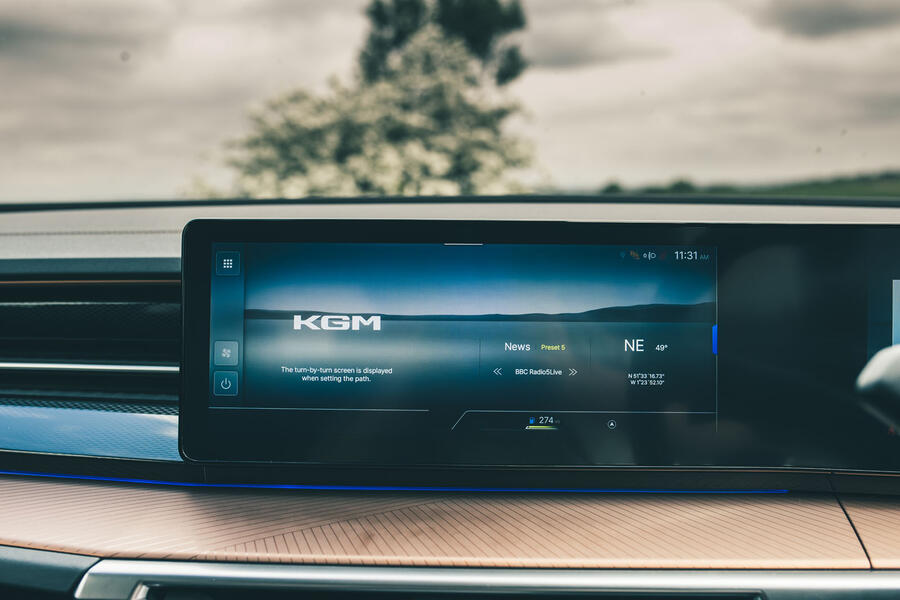
Multimedia - 2.5 stars
The standard 12.3in infotainment system is predominantly touchscreen-operated. That it takes a notable amount of time to boot on start up is your first clue that its responsiveness isn’t going to be stellar. Its main navigation list menu structure is displayed on the left of the screen, making it harder to reach in a right-hand-drive car.
A swipe-out menu for air-con controls can be accessed from the right-hand margin of the screen; another, with selectable shortcuts including drive mode options, from the upper margin. But neither tends to appear at the first time of swiping or makes little adjustments as easy as they could be.
KGM offers TomTom navigation and a wireless phone-charging pad on upper-level K40-spec cars, but neither is worth the upgrade. The nav is slow to load and a little obstinate to program, and the pad is mostly pointless since wired-only smartphone mirroring means you’re likely to plug in anyway.



